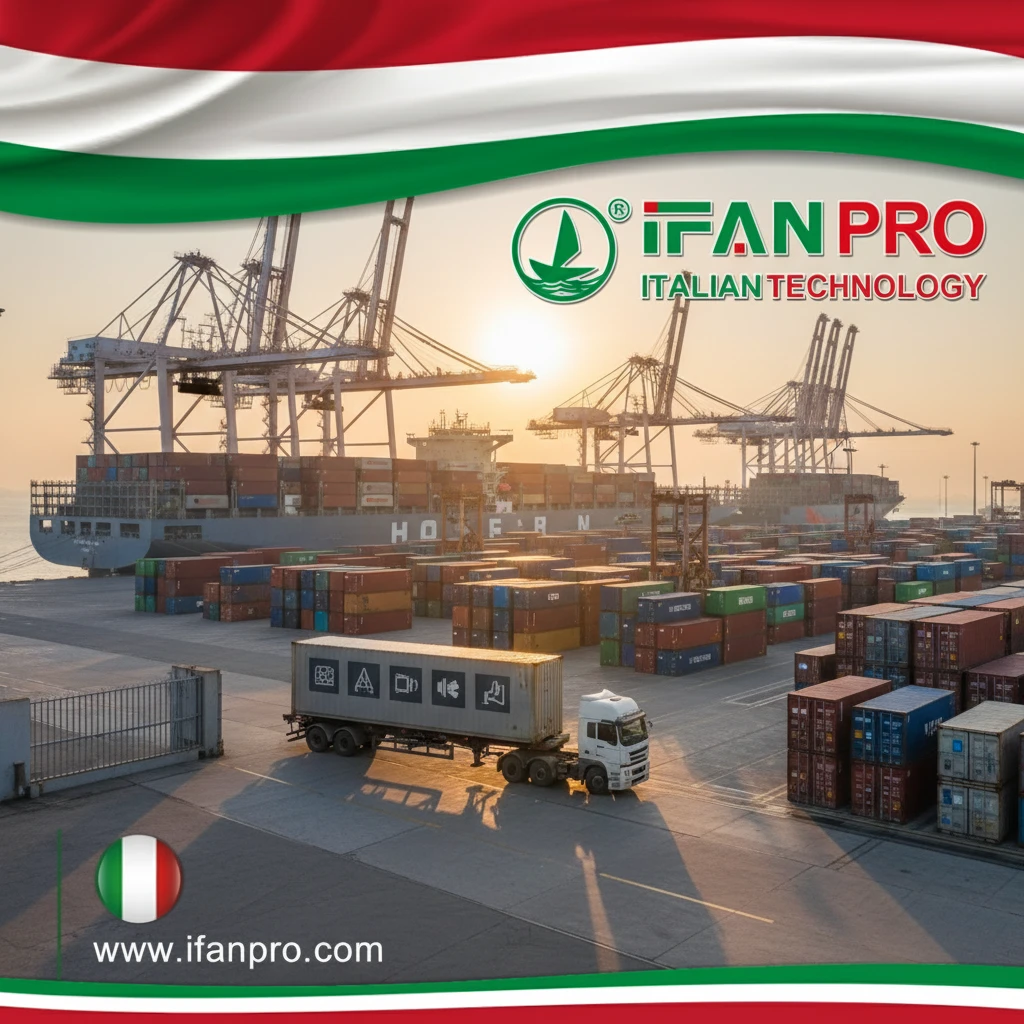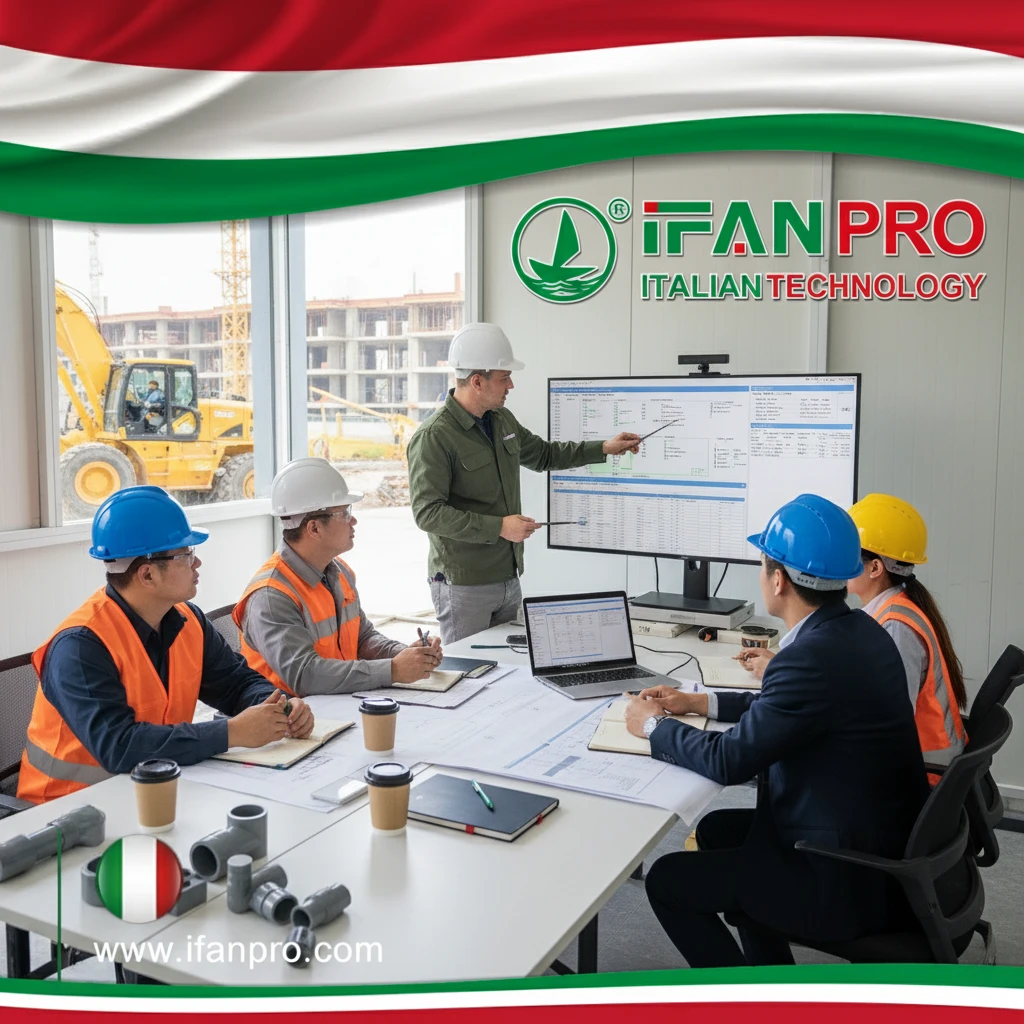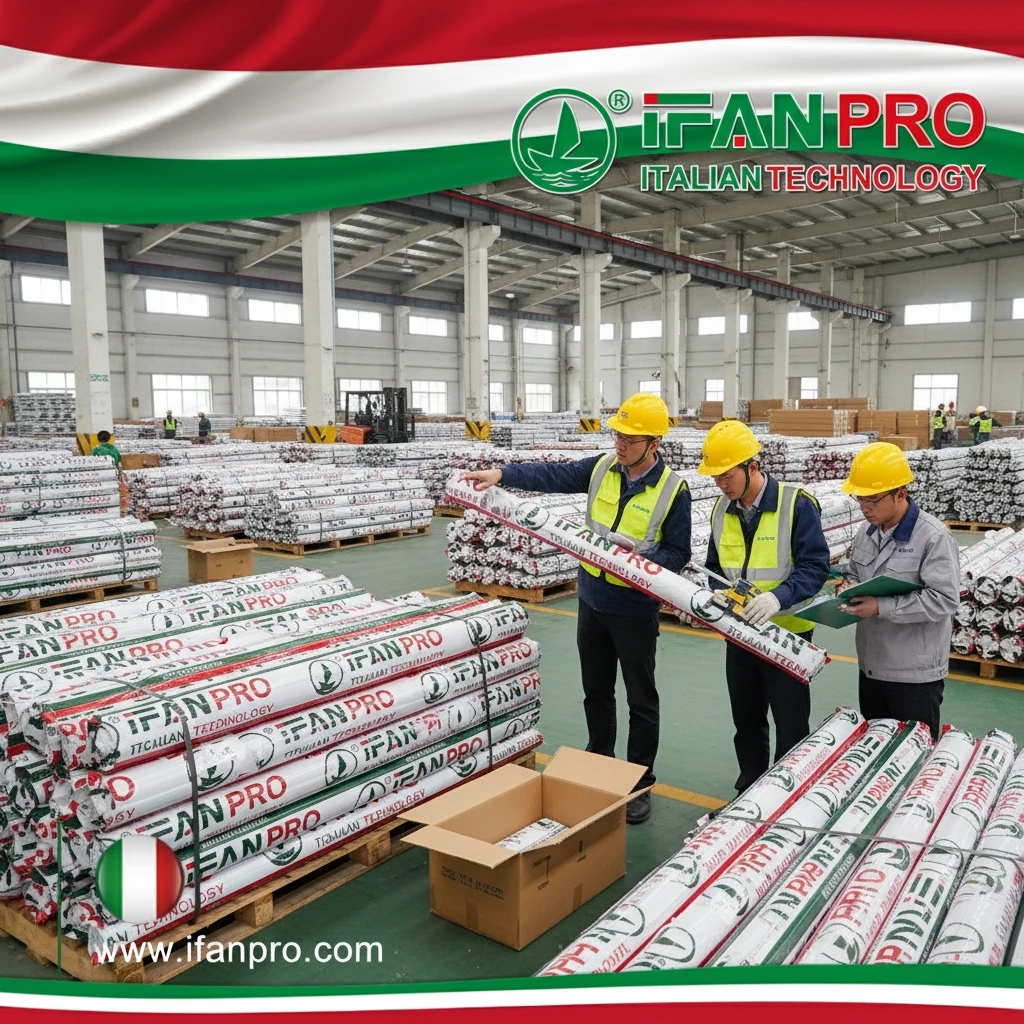While supervising a municipal water project, I witnessed how properly selected PVC pipes withstood pressure surges that damaged alternative materials. This experience underscores the core of your question—can PVC handle varying water pressures? The answer is yes, when specified and installed correctly. For material standards, reference ASTM D1785, which defines PVC pressure pipe performance.
PVC pipes effectively handle varying water pressures when properly specified for the application, with standard Schedule 40 pipes rated for 120-150 PSI at 73°F and Schedule 80 handling 200-250 PSI. However, pressure capacity decreases significantly with temperature increases, requiring careful calculation for hot water applications.
Understanding PVC’s pressure characteristics ensures system reliability and prevents premature failures. Moreover, recognizing how environmental factors affect performance helps professionals make informed material selections. Now, let’s examine the specific pressure handling capabilities of different PVC pipe types.
What Are the Standard Pressure Ratings for Different PVC Pipe Schedules?

During a factory expansion project, we needed to coordinate multiple PVC schedules for different pressure zones. This requirement highlighted the importance of understanding how schedule thickness directly correlates with pressure capacity.
Standard PVC pressure ratings include Schedule 40 (120-150 PSI), Schedule 80 (200-250 PSI), and Schedule 120 (300-350 PSI) at 73°F, with each schedule providing different wall thicknesses and burst pressures. These ratings decrease proportionally as temperature increases, necessitating schedule adjustments for elevated temperature applications.
Schedule-Based Pressure Capacity
PVC pipes are manufactured in standardized schedules that determine their pressure handling capabilities:
Schedule 40 Applications
As the most common PVC type, Schedule 40 provides a solid balance of cost and performance for residential and light commercial applications. With typical pressure ratings of 120 PSI for 1/2″ diameter to 150 PSI for 10″ diameter at room temperature, it handles most municipal water pressure ranges effectively. However, its thinner walls make it less suitable for high-pressure industrial applications.
Schedule 80 Superior Strength
Featuring approximately 30% thicker walls than Schedule 40, Schedule 80 PVC offers enhanced pressure resistance. This makes it ideal for industrial processing, irrigation mainlines, and applications with frequent pressure surges. Despite its higher material cost, Schedule 80 provides better long-term reliability in demanding environments.
Specialized High-Pressure Schedules
For extreme pressure requirements, Schedule 120 and specialized high-pressure PVC pipes offer ratings exceeding 300 PSI. While less common in general construction, these heavy-duty options serve mining, industrial processing, and high-rise building applications where exceptional pressure resistance is essential.
Pressure Rating Reference Table
This comprehensive table illustrates how pipe diameter affects pressure ratings:
| Pipe Size | Schedule 40 | Schedule 80 | Schedule 120 | Primary Applications |
|---|---|---|---|---|
| 1/2″ | 120 PSI | 200 PSI | 300 PSI | Residential branch lines |
| 1″ | 130 PSI | 220 PSI | 320 PSI | Main lines, irrigation |
| 2″ | 140 PSI | 230 PSI | 330 PSI | Commercial systems |
| 4″ | 150 PSI | 240 PSI | 340 PSI | Municipal water mains |
| 6″ | 150 PSI | 250 PSI | 350 PSI | Industrial processing |
How Does Temperature Affect PVC’s Pressure Handling Capabilities?
A solar heating installation experienced multiple PVC failures until we recognized how temperature elevation was degrading pressure capacity. This discovery led to implementing temperature-based derating protocols that prevented future failures.
PVC’s pressure capacity decreases by approximately 30% at 100°F, 50% at 120°F, and 75% at 140°F compared to its room temperature rating. This thermal derating follows predictable patterns that must be calculated during system design, particularly for hot water applications where both temperature and pressure simultaneously challenge the material.
Temperature-Pressure Relationship
The inverse relationship between temperature and pressure capacity follows specific patterns:
Derating Principles
As temperature increases, PVC’s molecular structure becomes more flexible, reducing its ability to contain internal pressure. This derating isn’t linear but follows a curve that accelerates above 100°F. For example, a Schedule 40 pipe rated at 150 PSI at 73°F typically maintains only 75 PSI at 120°F, representing a 50% reduction in pressure capacity.
Material-Specific Variations
Different PVC formulations exhibit varying temperature sensitivity. Standard UPVC experiences the most significant derating, while CPVC maintains better pressure retention at elevated temperatures due to its chlorinated structure. PVC-O’s oriented molecules provide slightly improved temperature resistance compared to standard UPVC.
Recovery Characteristics
Unlike metals, PVC doesn’t fully recover its original pressure rating after exposure to elevated temperatures. Prolonged heat exposure causes gradual molecular changes that permanently reduce pressure capacity, making proper initial selection critical for long-term performance.
Temperature Derating Guide
This practical reference helps adjust for temperature effects:
| Temperature | Pressure Multiplier | Example: SCH 40 150 PSI | Application Considerations |
|---|---|---|---|
| 73°F (23°C) | 1.0 | 150 PSI | Standard rating basis |
| 100°F (38°C) | 0.70 | 105 PSI | Warm climates, solar exposure |
| 120°F (49°C) | 0.50 | 75 PSI | Residential hot water |
| 140°F (60°C) | 0.25 | 37.5 PSI | Commercial hot water limit |
| 160°F (71°C) | 0.10 | 15 PSI | Near maximum temperature limit |
What Factors Determine the Maximum Working Pressure for PVC Pipes?
After investigating a premature PVC failure in an industrial plant, we identified five contributing factors beyond simple schedule rating. This comprehensive analysis revealed how multiple variables collectively determine practical pressure limits.
Maximum working pressure depends on pipe schedule, temperature, chemical environment, installation quality, and system dynamics. While manufacturers provide baseline ratings, real-world applications must consider surge pressure potential, water hammer effects, chemical compatibility, and support spacing to establish safe operating limits.
Key Determining Factors
Several critical elements influence practical pressure limits:
Material and Manufacturing Factors
The PVC compound formulation significantly affects pressure capacity. High-quality virgin material with consistent molecular weight distribution provides better pressure resistance than recycled material blends. Additionally, manufacturing methods like extrusion quality and cooling rates impact structural integrity and bubble formation that can create weak points.
Environmental and Operational Conditions
Chemical exposure can plasticize PVC, reducing its strength and pressure capacity. Similarly, UV degradation surface weakens pipes, lowering their pressure rating over time. Furthermore, cyclic pressure fatigue from frequent pressure variations creates microscopic cracks that gradually reduce pressure capacity.
Installation and System Design
Proper support spacing prevents sagging that creates stress concentrations, while correct joint assembly ensures full pressure retention at connections. Additionally, appropriate fitting selection matching pipe pressure rating maintains system integrity, and protection from physical damage preserves the original pressure capacity.
Practical Pressure Assessment
Evaluate these aspects when determining working pressure:
| Assessment Area | Key Questions | Impact on Pressure Rating |
|---|---|---|
| Fluid Compatibility | Does the fluid plasticize PVC? | Chemical attack can reduce rating by 50% |
| Temperature Profile | Maximum and minimum temperatures? | Each 20°F above 73°F reduces rating 30% |
| Pressure Dynamics | Are there surge pressures? | Surges can momentarily double static pressure |
| Installation Quality | Proper supports and joint preparation? | Poor installation reduces effective rating 25% |
| System Age | How long has system been operational? | After 10 years, derate original rating 10% |
How Does PVC’s Pressure Resistance Compare to Other Pipe Materials?
We conducted comparative testing after a client questioned PVC’s suitability for replacing failed metal pipes in a high-pressure application. The results revealed surprising advantages and limitations across different pressure scenarios.
PVC provides superior pressure resistance per weight and cost compared to many alternatives, with Schedule 80 matching black iron pressure capacity at 40% lower weight and 60% lower cost. However, metals typically maintain better pressure ratings at elevated temperatures, while HDPE offers superior surge pressure absorption despite lower initial pressure ratings.
Material Comparison Analysis
Each piping material offers distinct pressure handling characteristics:
Versus Metal Pipes
PVC matches or exceeds the pressure rating of many metals in cool temperature applications while being significantly lighter and more corrosion-resistant. For instance, Schedule 80 PVC provides similar pressure capacity to Schedule 40 steel at room temperature but weighs approximately 70% less. However, steel maintains its pressure rating at elevated temperatures where PVC requires significant derating.
Versus Other Plastics
Compared to PEX, PVC typically offers higher pressure ratings at lower cost but requires more complex joining methods. HDPE provides lower initial pressure ratings but better surge pressure handling and flexibility. CPVC bridges the gap between standard PVC and metals with better temperature resistance than standard PVC but lower pressure retention than copper at high temperatures.
Versus Composite Pipes
Newer composite materials often target specific pressure-temperature profiles that exceed PVC’s capabilities in extreme applications. For example, fiberglass-reinforced pipes handle higher pressures at elevated temperatures but at significantly higher cost, making them economical only for specialized industrial applications.
Comprehensive Material Comparison
This detailed comparison highlights relative advantages:
| Material | Pressure Rating | Temperature Limit | Surge Resistance | Cost Factor |
|---|---|---|---|---|
| PVC Schedule 40 | 120-150 PSI | 140°F | Fair | 1.0x |
| PVC Schedule 80 | 200-250 PSI | 140°F | Good | 1.8x |
| Copper Type M | 200 PSI | 400°F | Poor | 4.2x |
| PEX-a | 100 PSI | 200°F | Excellent | 1.5x |
| HDPE | 80-160 PSI | 140°F | Excellent | 1.2x |
| CPVC | 100-150 PSI | 200°F | Fair | 2.1x |
Conclusion
PVC effectively handles varying water pressures when properly selected based on schedule rating, temperature conditions, and application requirements. While its pressure capacity decreases with temperature increases, proper derating calculations and appropriate schedule selection ensure reliable performance across diverse applications. Understanding how PVC’s pressure resistance compares to alternative materials enables informed selection decisions that balance performance, cost, and longevity for specific project requirements.













Commentaires récents